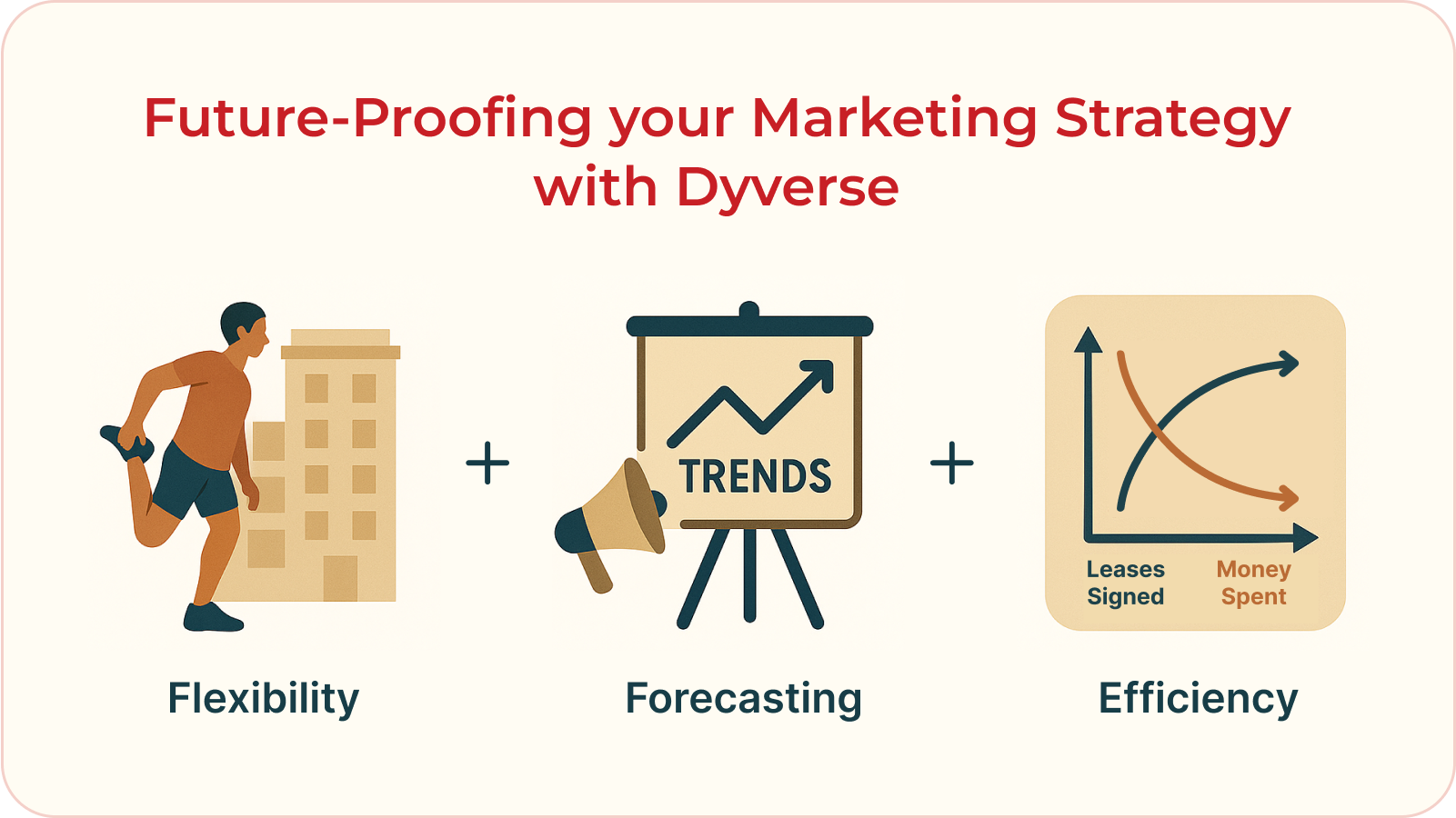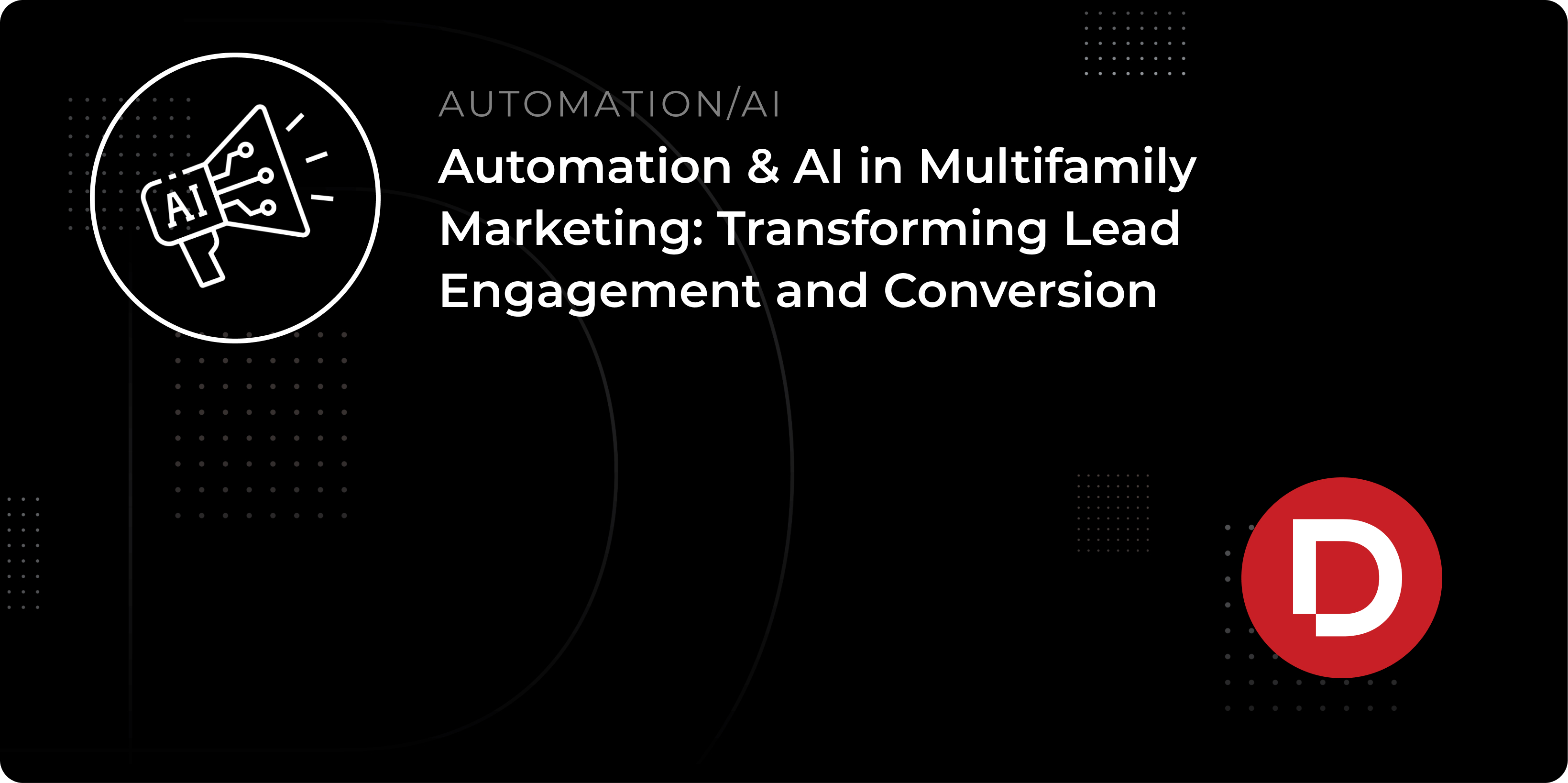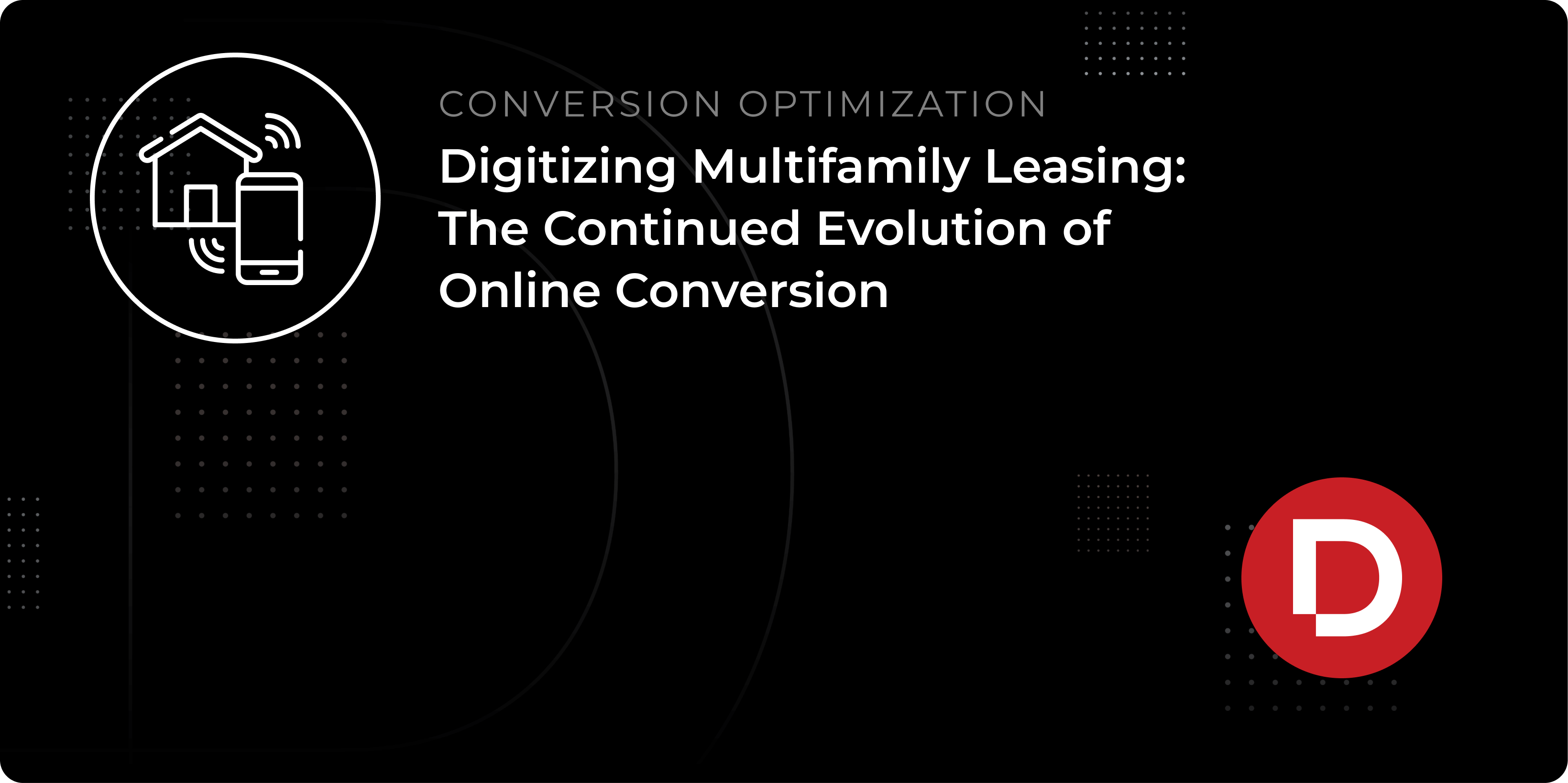Request Demo
Sign-up for a demo to see how our solutions can help you improve website conversion rate, generate more leases and simplify reporting.
We’re glad you’re here!
Thank you for choosing to continue to receive our communications. We look forward to continuing to engage with you. If there are any topics you’d like to make sure we cover, please feel free to reach out letsgo@dyverse.com.
Thanks for being awesome!


As the multifamily housing industry looks toward 2026, strategic financial planning remains at the center of future-proofing any marketing strategy. In the first two parts of this series, we explored how developers and property managers can set the foundation with flexible budgeting approaches and trend forecasting that accounts for shifting renter expectations, new technologies, and evolving market dynamics.
In this final part to Dyverse’s “Future-Proofing Your Marketing Strategy” series, we turn to execution; specifically, how to apply low-cost but high-impact marketing strategies that stretch budgets further while still driving meaningful results. At Dyverse, we believe that effective marketing isn’t about how much you spend, but how efficiently your resources are allocated.
Whether you’re marketing a new development, stabilizing lease-up, or building long-term resident retention, the tactics outlined below provide proven ways to amplify reach and engagement without overspending.
Why Efficiency Matters in Multifamily Marketing
Every multifamily developer and property manager faces the same challenge: balancing the need for consistent lead generation with the reality of constrained budgets. Rising advertising costs, evolving digital platforms, and higher competition for renter attention make financial efficiency critical.
That’s why Dyverse takes a cost-efficient approach to marketing solutions, ensuring more of your dollars go toward activities that directly drive visibility, leads, and leases, rather than being absorbed by bloated management fees. By identifying strategies that deliver high ROI at a relatively low cost, developers can protect their marketing investments while staying flexible for the future.
Three Low-Cost, High-Impact Strategies to Implement Today

1. Local Partnerships That Build Community and Reach
Multifamily communities thrive when they connect with the neighborhoods around them. Building strategic partnerships with local businesses, service providers, and organizations not only enhances resident experience but also expands marketing reach at minimal cost.
Some examples include:
- Cross-promotions with local businesses: Partner with nearby coffee shops, gyms, or pet services to offer resident perks. In return, those businesses can feature your community on their social media or in-store signage.
- Community events and sponsorships: Hosting or co-sponsoring local events (farmers’ markets, fitness classes, art walks) positions your property as a community hub. These events create organic content opportunities and can attract prospects who value lifestyle-focused amenities.
- Nonprofit and school partnerships: Collaborations with local schools, charities, or cultural organizations demonstrate community investment and build goodwill.
Because these partnerships often rely on shared promotion rather than heavy spending, they deliver disproportionate visibility and credibility compared to their cost.
2. Referral Programs That Leverage Resident Advocates
Your current residents are one of the strongest marketing assets you have. A referral program taps into their networks and provides built-in social proof, often at a much lower cost than paid ads.
Best practices for referral programs include:
- Simple incentives: Gift cards, rent credits, or local perks motivate residents to share with friends and family.
- Clear, easy-to-use systems: Streamlined digital referral forms or resident portal integrations reduce friction and increase participation.
- Ongoing visibility: Promote the program consistently in newsletters, social channels, and resident events.
Referred leads are often more qualified and loyal than leads from traditional channels, making referral programs a cost-effective way to reduce turnover and boost occupancy.
3. Organic Social Media That Builds Authentic Engagement
Paid ads will always play a role in multifamily marketing, but organic social media is where authentic brand personality and resident culture shine. Unlike traditional campaigns, organic content thrives on consistency and creativity rather than budget.
Some strategies Dyverse recommends include:
- Behind-the-scenes content: Showcase staff, community amenities, and real resident experiences.
- User-generated content: Encourage residents to tag your community in photos, creating authentic marketing at no extra cost.
- Local Highlights: Share posts about nearby dining, entertainment, and events to position your property as a lifestyle choice, not just a building.
- Short-form video: Platforms like Instagram Reels and TikTok prioritize creative, engaging clips that can perform well without ad spend.
Organic social strategies are especially powerful when paired with paid ads, creating a balanced approach where authentic engagement supports targeted reach.
Packaging Efficiency: The Dyverse Approach
Low-cost, high-impact strategies work best when they’re strategically packaged and managed. At Dyverse, we design solutions that maximize efficiency by reducing unnecessary overhead and prioritizing the tactics that matter most.
Instead of charging high management fees, we keep operations lean so our clients can put more resources into ads, lead generation, and creative solutions that drive results. This philosophy allows our partners to scale efforts in a sustainable way while remaining prepared for long-term market shifts.
Our goal is to help multifamily developers future-proof their marketing not only through smart financial planning and trend forecasting, but also by executing in ways that are efficient, creative, and cost-conscious.

Putting It All Together
As you plan your marketing strategy for 2026, keep these three layers in mind:
- Budgeting with flexibility - Build frameworks that adapt to market shifts and performance data (Part 1).
- Forecasting Trends - Stay ahead of renter expectations and industry innovations to position your properties competitively (Part 2).
- Executing with efficiency - Implement low-cost, high-impact strategies that maximize ROI while minimizing waste (Part 3).
Future-proofing isn’t about predicting the exact conditions of the 2026 market. It’s about creating a marketing strategy that’s resilient, adaptable, and efficient. By embracing partnerships, referral programs, and organic social media, multifamily developers can achieve more with less, ensuring long-term stability and growth.
Final Thoughts
The multifamily market will continue to evolve, shaped by economic trends, renter behaviors, and technological innovation. But one truth will remain: developers who make smart, efficient use of their marketing resources will be best positioned for success.
At Dyverse, we’re committed to helping our partners navigate this path with solutions that maximize impact and minimize cost. With the right mix of strategy and execution, your 2026 marketing plan can deliver sustainable results - future-proofing your communities for years to come.

Copy link
Share on LinkedIn
Share on X
Share on Facebook
More from Dyverse

- Automation/AI
- February 26, 2025
- 5 min read
Automation & AI in Multifamily Marketing: Transforming Lead Engagement and Conversion
The multifamily marketing landscape is undergoing a massive change, with automation and artificial intelligence (AI) playing a critical...
Let's start a conversation
Schedule a demo to discuss how Dyverse can help you boost your leasing performance.




